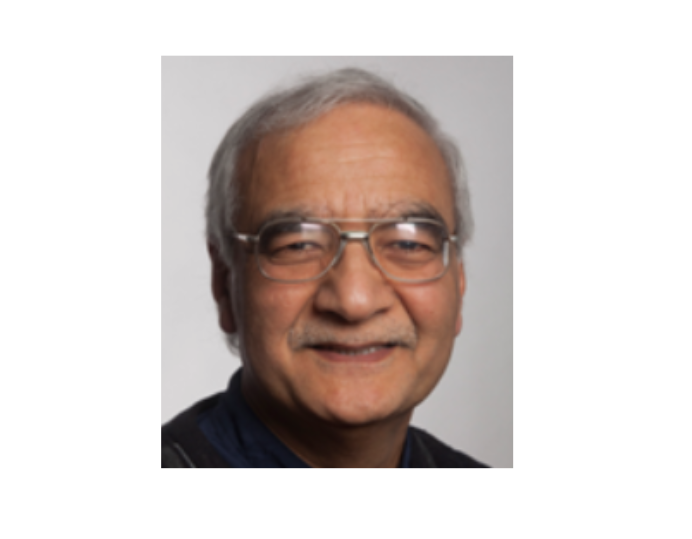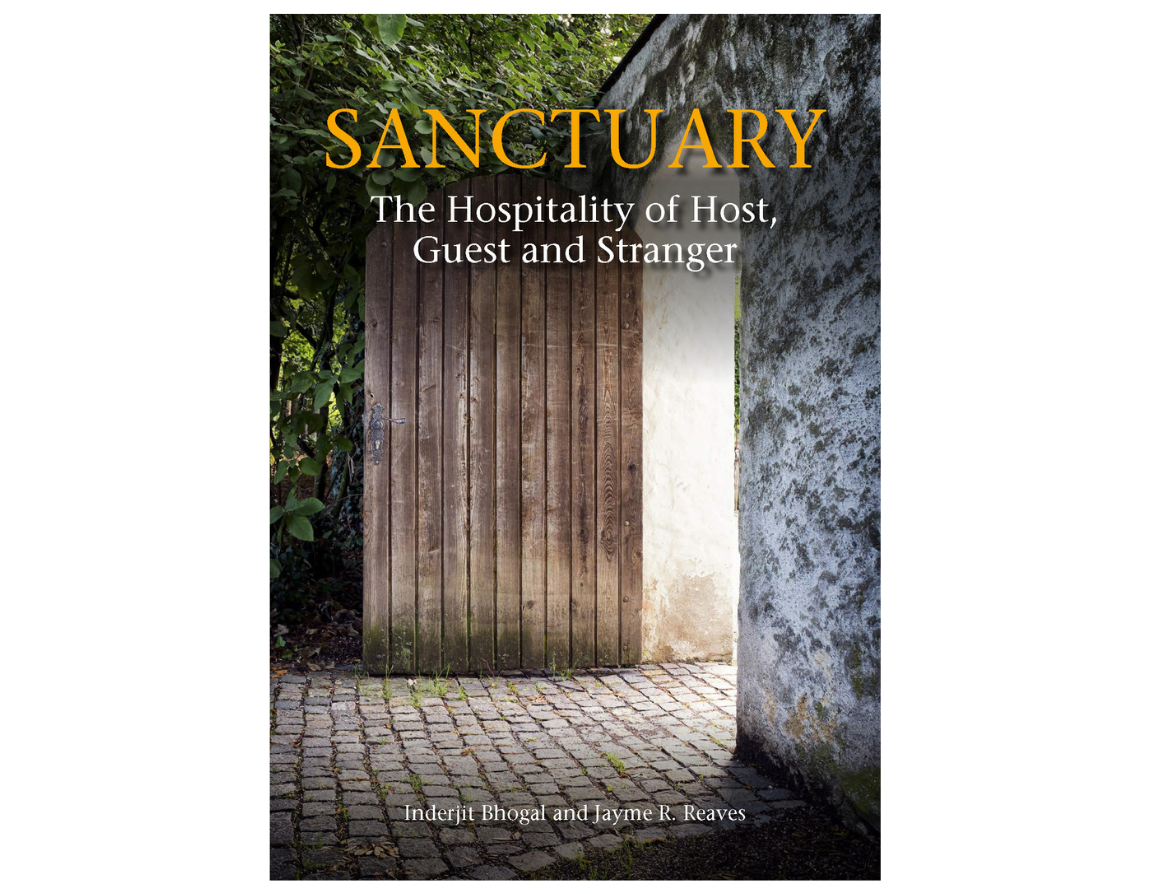We look ahead to this year’s Refugee Week, beginning tomorrow, with the second of two reflections by Inderjit Bhogal, taken from our 2024 Lent book Loving My Neighbour.
Introduction
Inderjit came to the UK, aged eleven, with his parents in 1964, and felt very much an outsider, a stranger and alone. He has worked all his life for justice, overcoming racism, exclusion and discrimination. On the eve of Refugee Week 2025, he writes:
Diversity and difference is under attack. It is fed by misinformation and generates fear and hatred. In this context, we give thanks for all who work hard to build respectful conversations and relationships, solidarity and sanctuary across our diverse communities. Our strength is in our togetherness. We affirm that all people are sacred, and see in our differences the image of God. We challenge hostility with hospitality. We do with this with pride as disciples of Christ who models such leadership.
15 June 2025
Jesus and the foreigner
On the way to Jerusalem Jesus was going through the region between Samaria and Galilee. As he entered a village, ten men with a skin disease approached him. Keeping their distance, they called out, saying, ‘Jesus, Master, have mercy on us!’ When he saw them, he said to them, ‘Go and show yourselves to the priests.’ And as they went, they were made clean. Then one of them, when he saw that he was healed, turned back, praising God with a loud voice. He prostrated himself at Jesus’ feet and thanked him. And he was a Samaritan. Then Jesus asked, ‘Were not ten made clean? So where are the other nine? Did none of them return to give glory to God except this foreigner?’ Then he said to him, ‘Get up and go on your way; your faith has made you well.’
Luke 17:11–19 (NRSV)
These verses from Luke tell the story of ten men ‘with a skin disease’ (traditionally translated as leprosy) who are healed, and of the only one, a Samaritan, who returned to express thanks and gratitude. There are two points that bring us to stop and ponder more deeply. First, why did the lepers have to go and show themselves to the priests? Second, what is so special about the Samaritan, the ‘foreigner’ who came back to say thank you?
Religious authorities had determined that leprosy represented ritual uncleanness and a punishment for sin. On the basis of leprosy, people were excluded from community and worship. The condition and the cure were both determined by priests (see Numbers 12; Leviticus 13—14).
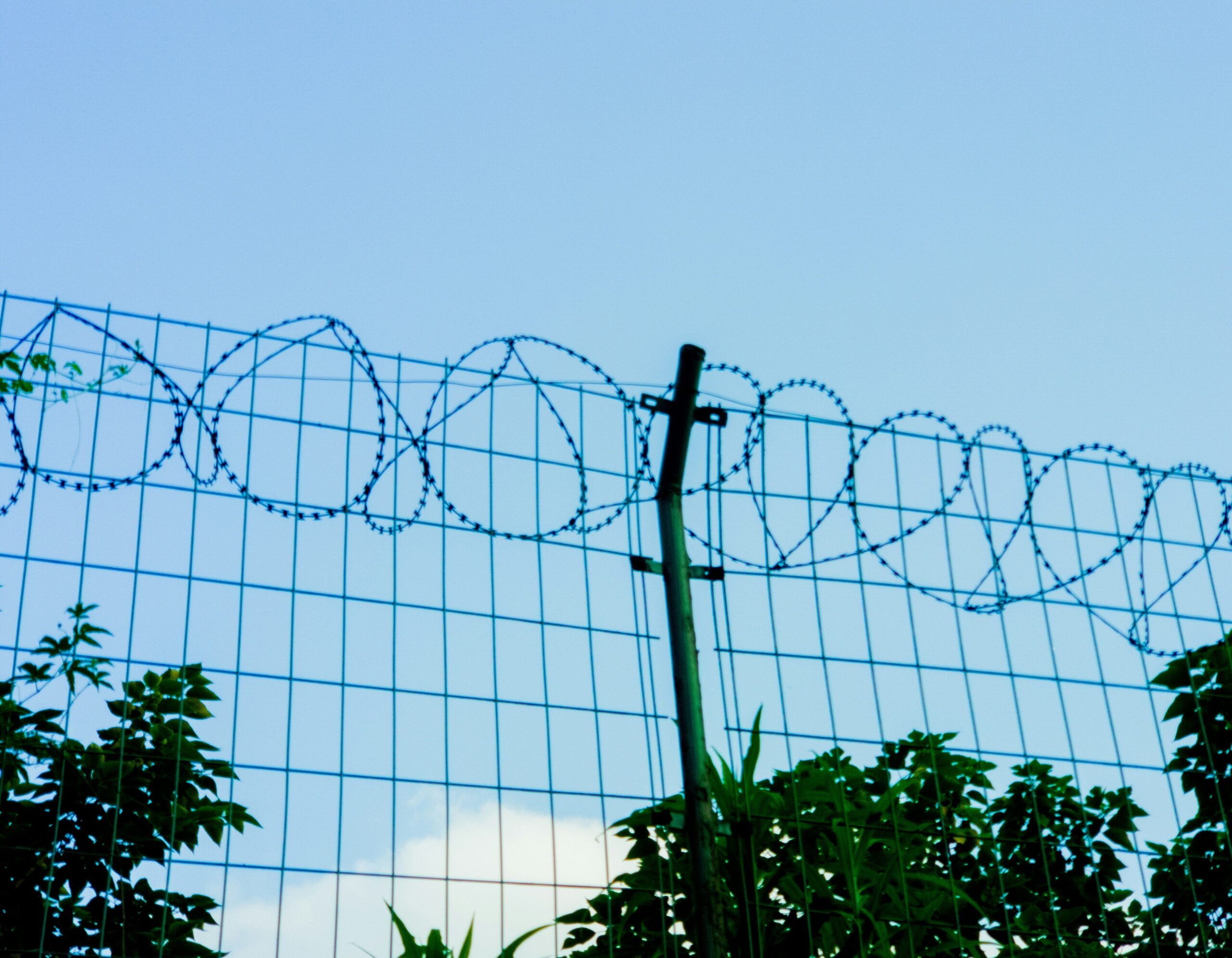
Resisting structures that don’t change and the borders set by the priests that remain in place, the ten lepers choose inclusion.
Excluded from community
The ‘lepers’ in our story are living in border territory; an additional symbol of their isolation. Jesus meets them as he walks ‘on the way to Jerusalem’, the house of God, the house of prayer for all nations, the hill of salvation. The lepers are excluded from community, prayer and salvation. They approach Jesus, while ‘keeping their distance’ (v. 12), observing imposed social isolation, and call out to him. They call Jesus ‘Master’, a title that only his disciples use in the gospel according to Luke, and they ask for ‘mercy’, the gift of God’s grace (v. 13).
Jesus ‘saw’ them, and responded immediately with the words, ‘Go and show yourselves to the priests’ (v. 14). We have to read between the lines to sense his anger at their condition socially and physically. His anger is also directed at the priests who determine their skin disease as a punishment for sin and state of ritual uncleanness, leading to the gross injustice of their exclusion, confining them to the margins of society socially, psychologically, spiritually and geographically. Jesus acts out of anger and compassion at the injustice of disease and exclusion, both of which contradict the purposes of God.
The lepers respond with courage and with confidence in Jesus. For him they are neither ill nor punished by God. Their healing is determined in Jesus from action towards inclusion. Resisting structures that don’t change and the borders set by the priests that remain in place, the ten lepers choose inclusion and are healed on their journey to inclusion.
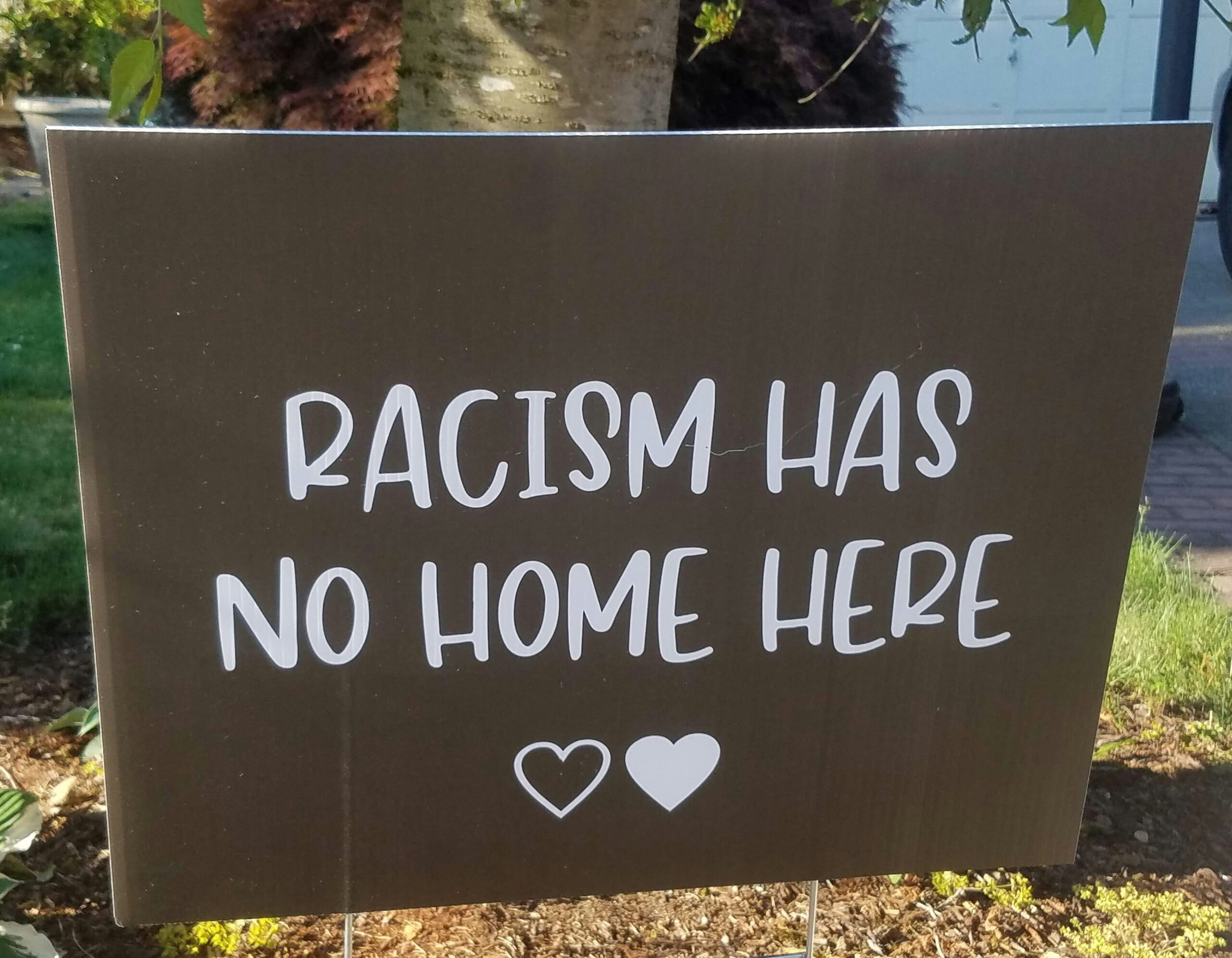
Jesus challenges the prejudices of his own disciples with his question – where are the other nine?
A double exclusion
One of the ten has no doubt experienced a double jeopardy of exclusion. Within the excluded leper community, he would have been further isolated and ostracised because he was a Samaritan, perhaps hoping to find solidarity and sanctuary outside Samaria. ‘When he saw that he was healed’, he turned back, praising God loudly, returned to Jesus and fell on his face at Jesus’ feet and ‘thanked him’ (vv. 15–16). Only at this point does our reading reveal that ‘he was a Samaritan’, of a different nationality, faith and ethnicity to the other nine. He is an ‘other’, who was othered by the other lepers too. As a Samaritan he is the last person, in the minds of some of Jesus’ audience, from whom any good act could be expected.
Jesus then challenges the prejudices of his own disciples with his question. Where are the other nine; did only this Samaritan have the courtesy and good manners to return and say thank you? This ‘foreigner’ is right before us, in our company. Before acknowledging the man at his feet, Jesus addresses his disciples – do you see him?
As in the story in Luke 10, it is a Samaritan in whom is revealed good faith and action. Jesus wants his disciples to comprehend the profundity, the enormity, of what is before their eyes. There is a general tendency in people to point only to negativity: what more can you expect from a ‘foreigner’?
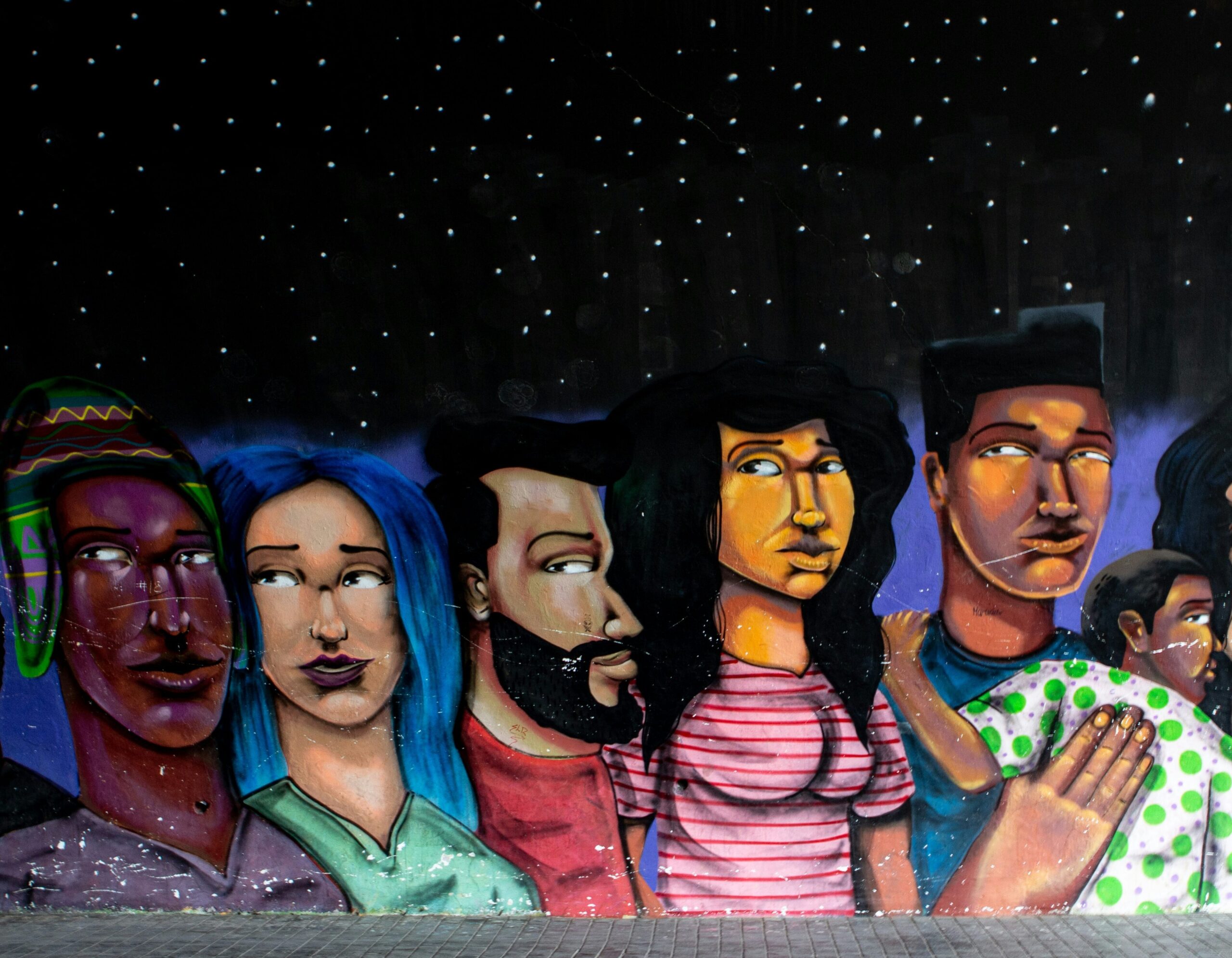
‘Foreigner’ is no longer an acceptable term to refer to a person. All people are made in the image of God.
Faithfulness resisting injustice
Many of us, who live outside our countries of birth, know what it is to live on the margins, to be a stranger, a person of difference, not least in faith communities. We are neighbours, members of the body of Christ, but we know what it is to be displaced and discriminated against because of the God-given colour of our skin, and to carry the scars of exclusion.
Skin colour and condition is not a sign of sin or punishment. Sin lies in excluding people because they are different from you. The faithfulness that resists injustice in spite of exclusion heals us. Is this not what Jesus meant when he spoke to the Samaritan and said, ‘Your faith has made you well’ (v. 19)?
It is worth reflecting on the term ‘foreigner’. It is used, for example, to refer to a ‘foreign body’, perhaps an irritant in the eye that should not be there and should be removed for comfort. This is no longer an acceptable term to refer to a person. All people are made in the image of God. We are all members of the one human race, with immense differences – yes, we are not all the same – but we are one in Christ.

